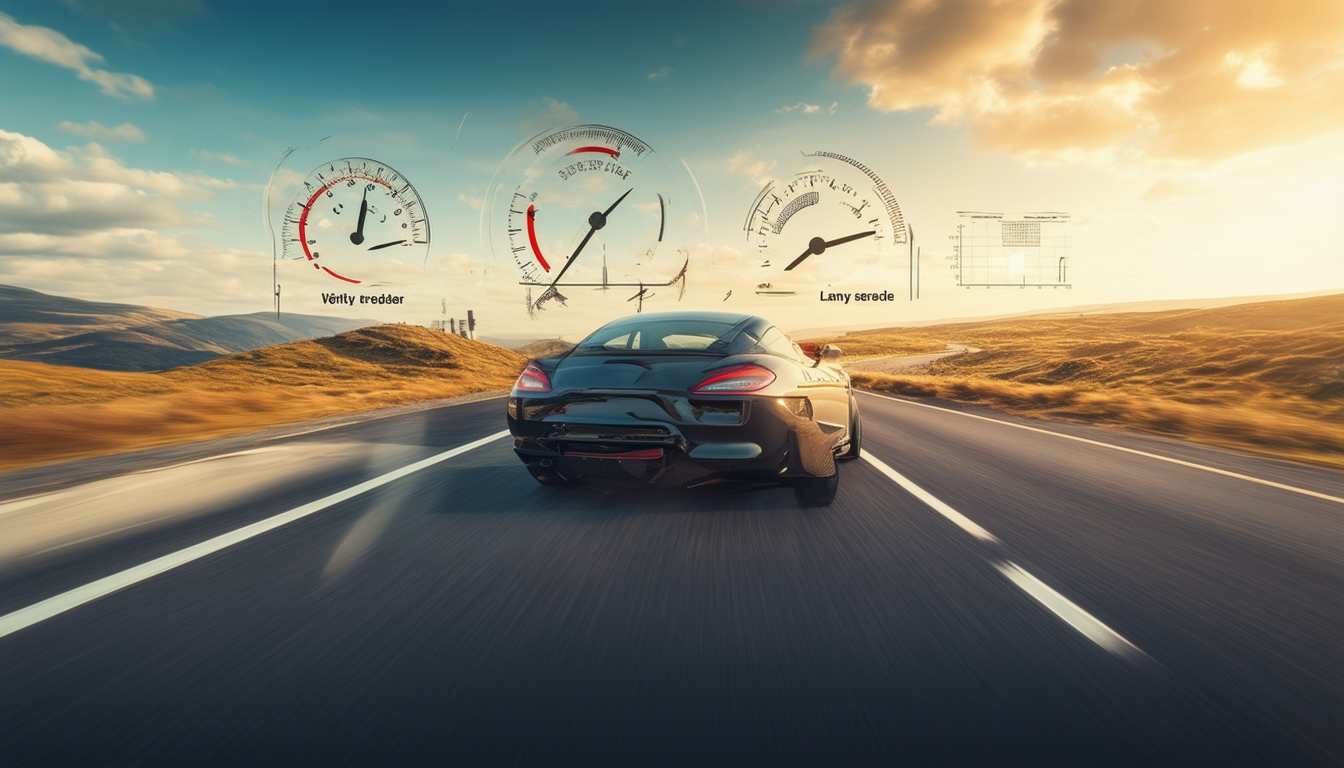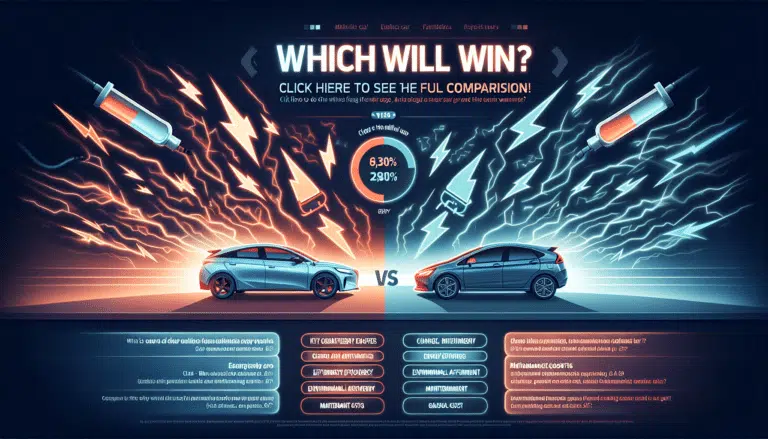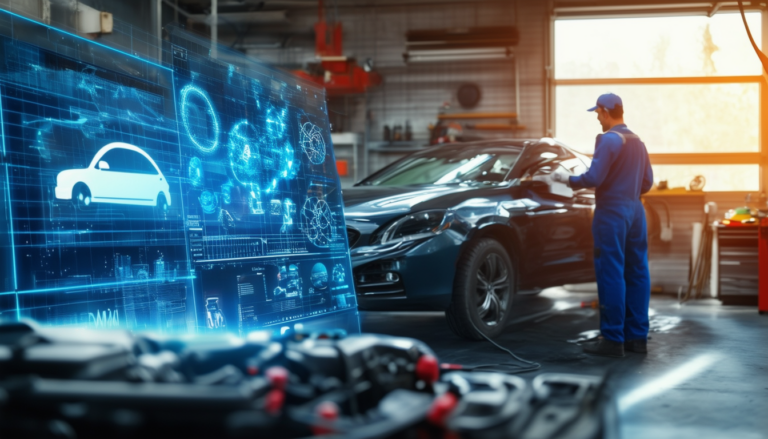The relationship between speed and fuel consumption

The relationship between speed and fuel consumption is a crucial aspect to consider in efficient driving. As the speed of a vehicle increases, aerodynamic drag increases, leading to a significantly higher fuel consumption. Studies show that driving at 100 km/h can result in a 30% higher expenditure compared to lower speeds like 80 km/h. Understanding this dynamic not only allows for optimizing the car’s performance but also contributes to a more sustainable use of energy resources.
The relationship between speed and fuel consumption is a crucial topic for drivers who want to maximize their energy efficiency. As acceleration occurs, engine wear and air resistance increase, resulting in higher gasoline expenditure. This article explores how speed affects fuel consumption, providing clear data that highlights the importance of maintaining efficient driving.
Increase in consumption in relation to speed
Sudden accelerations and high speeds have a significant impact on fuel consumption. For example, it has been shown that driving at 100 km/h can elevate fuel consumption by up to 30% compared to driving at 80 km/h. This increase in consumption is primarily due to the aerodynamic drag that a vehicle experiences as speed increases.
The influence of aerodynamic drag
Aerodynamic drag is one of the most determining factors in the relationship between speed and fuel consumption. As speed increases, the amount of air that the vehicle has to displace also increases dramatically, forcing the engine to work harder and consume more fuel. Therefore, it is vital to consider this drag when choosing driving speed.
Ideal speed to save fuel
According to recent studies, the ideal speed to optimize fuel consumption is around 90 km/h. At this speed, vehicles tend to operate more efficiently, minimizing fuel use. Reaching speeds of 120 km/h can result in a consumption increase of up to 30%, demonstrating that maintaining a moderate speed is key to savings.
Efficient driving and its benefits
Adopting an efficient driving style not only helps reduce fuel consumption but can also positively impact the vehicle’s lifespan. Maintaining smooth acceleration and avoiding sudden braking contributes to a more responsible fuel use. Implementing practices like regular maintenance is also crucial to ensure optimal engine performance.
Additional factors affecting consumption
In addition to speed, other factors such as the weight of the vehicle, trunk load, and number of passengers can also influence gasoline consumption. A car with a heavier load will consume more fuel than one operating empty, even at the same speed. The vehicle’s aerodynamics and tire condition also play an important role in overall efficiency.
Strategies to reduce fuel consumption
To maximize consumption efficiency, there are several effective strategies. Keeping the tires properly inflated, performing regular engine maintenance, and reducing the use of accessories like air conditioning contribute to lower consumption. In addition, prudent driving by minimizing sudden accelerations and maintaining a constant speed are habits that should be adopted.
For more information on fuel consumption and effective strategies, you can consult the following links: four diesel engines, proper vehicle maintenance, maintenance tricks, strategies for hybrid vehicles, and innovations and plans from Ferrari.
The relationship between speed and fuel consumption
The relationship between speed and fuel consumption is a crucial factor that drivers must consider to optimize their vehicle’s efficiency. As the speed of a car increases, energy consumption tends to rise considerably. Studies indicate that at 120 km/h, consumption can increase by up to 30% compared to speeds of 80 km/h. This phenomenon is largely due to aerodynamic drag, which increases exponentially as speed rises.
Furthermore, the driver’s behavior plays an important role in this equation. Sudden accelerations and frequent braking not only affect the vehicle’s performance but also increase fuel expenditure. Adopting a smoother and more gradual driving style can greatly help improve consumption efficiency. Therefore, driving at a moderate speed and with constant acceleration translates to a more efficient use of fuel.
Another factor to consider is the weight of the vehicle, which influences consumption similarly to speed. A car loaded with more passengers or luggage will require more energy to move, resulting in higher fuel consumption. For this reason, it is recommended to drive with appropriate loads and be mindful of unnecessary objects that may increase the vehicle’s weight.
In summary, reducing speed and more conscious driving not only improve fuel efficiency, but also contribute to a lower environmental impact. Understanding the relationship between these factors can lead to more sustainable and economical driving practices.




